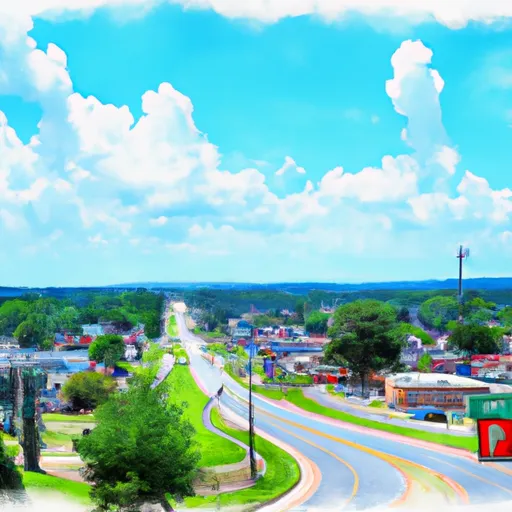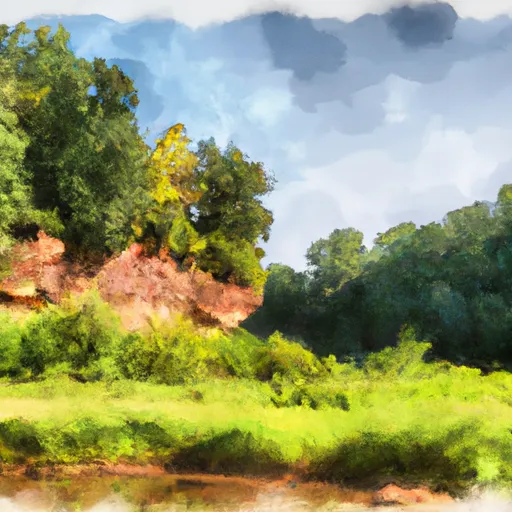°F
°F
mph
Windspeed
%
Humidity











New Brockton is a small town located in Coffee County, Alabama. It experiences a humid subtropical climate, characterized by hot, humid summers and mild winters. Summers are typically hot with temperatures averaging in the high 80s to low 90s Fahrenheit, while winters are cooler with temperatures ranging from the 40s to 60s Fahrenheit. The area receives rainfall throughout the year, with precipitation averaging around 55 inches annually.
The town is situated near the Pea River, offering hydrology constituents to its residents and visitors. The river provides opportunities for activities like fishing, kayaking, and canoeing. Fishing enthusiasts can find a variety of freshwater fish species in the river, including bass, catfish, and bream.
In addition to the Pea River, New Brockton is surrounded by beautiful natural landscapes, making it an ideal spot for outdoor recreation. Nearby attractions include the Blue Springs State Park, which features a crystal-clear spring-fed lake and opportunities for swimming, picnicking, and hiking. The Conecuh National Forest is also within reach, offering extensive trails for hiking, biking, and camping.
Weather Forecast
New-Brockton receives approximately 1408mm of rain per year, with humidity levels near 86% and air temperatures averaging around 19°C. New-Brockton has a plant hardyness factor of 8, meaning plants and agriculture in this region tend to thrive here all year round.
Regional Streamflow Levels
943
Cubic Feet Per Second
155
Cubic Feet Per Second
35
Cubic Feet Per Second
293
Cubic Feet Per Second
Nearby Camping
| Camping Area | Reservations | Toilets | Showers |
|---|---|---|---|
| Turnipseed Hunter Camp | |||
| Engineer Beach RV Military - Fort Rucker | |||
| St. Andrews State Park | |||
| Wind Creek State Park | |||
| Lake Chinnabee | |||
| Anniston Army Depot RV Military |



